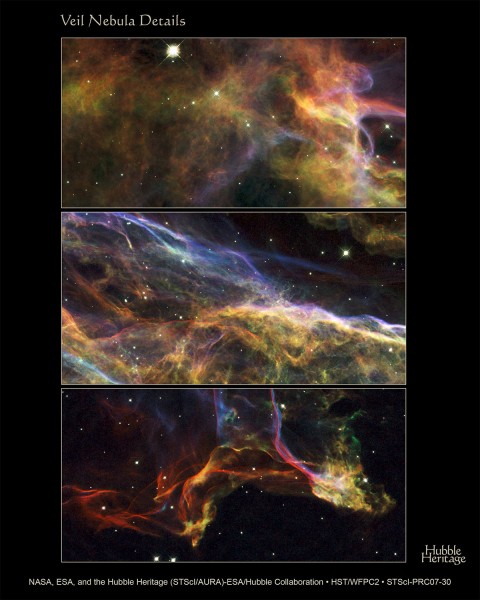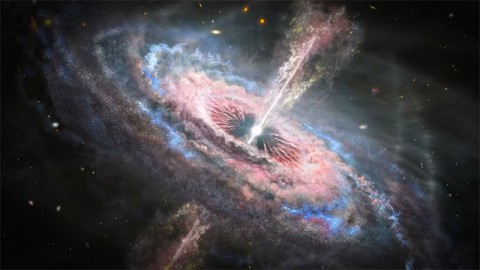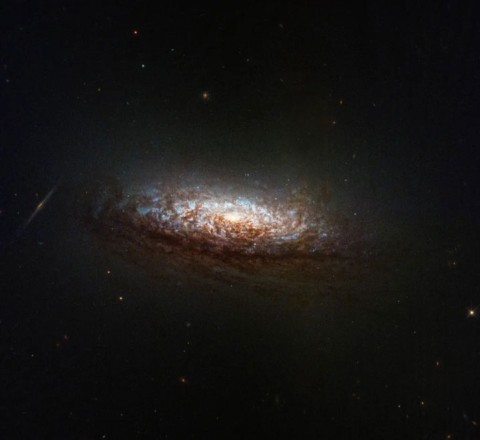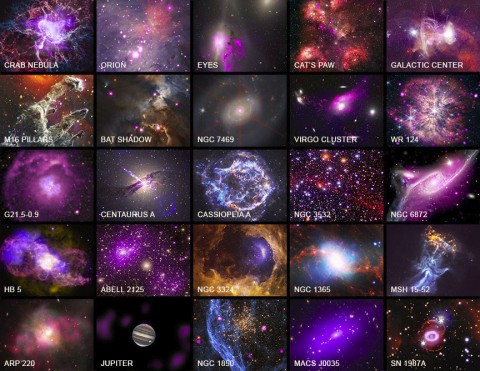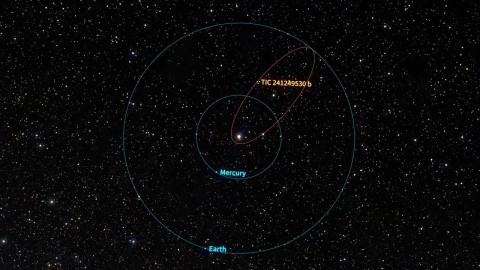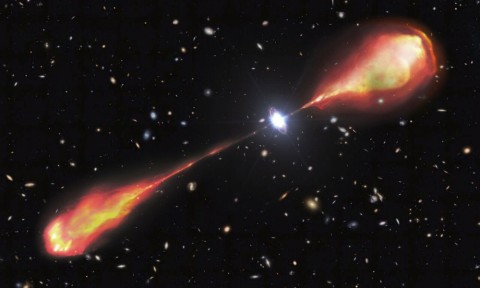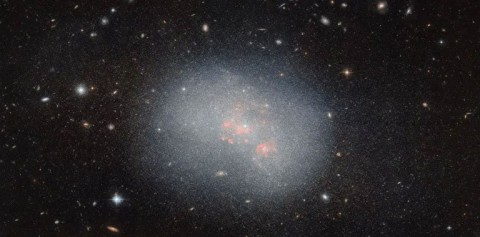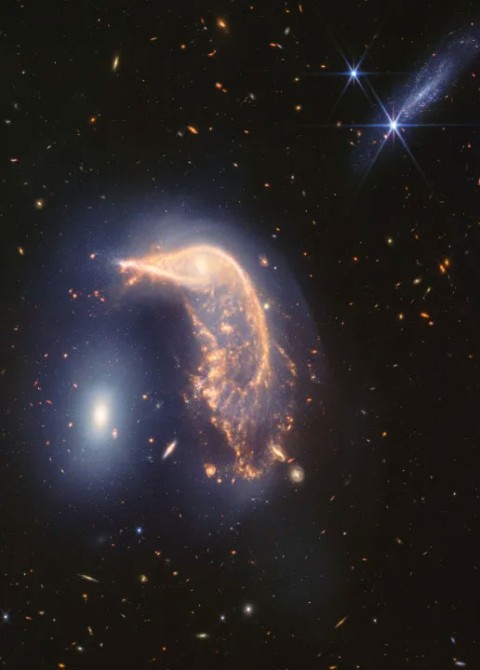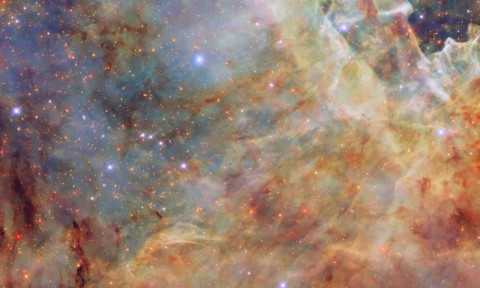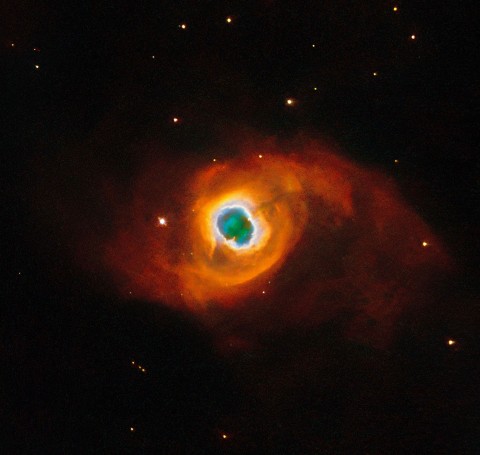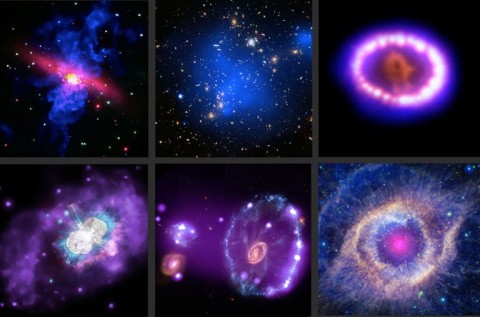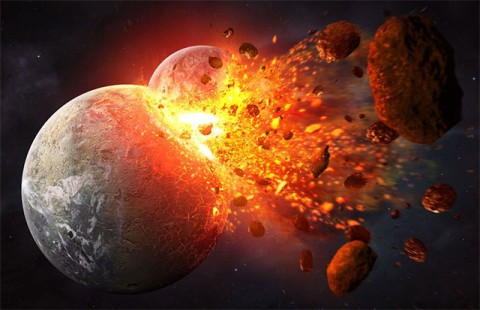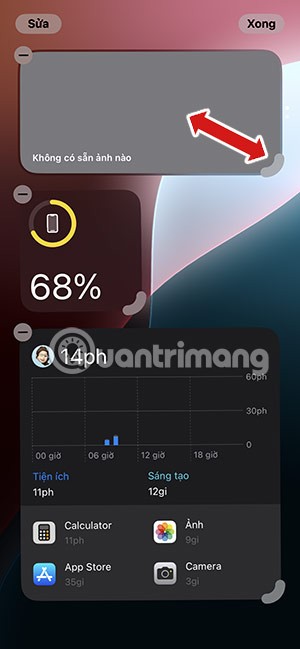See rare live images of Jupiter-like exoplanet
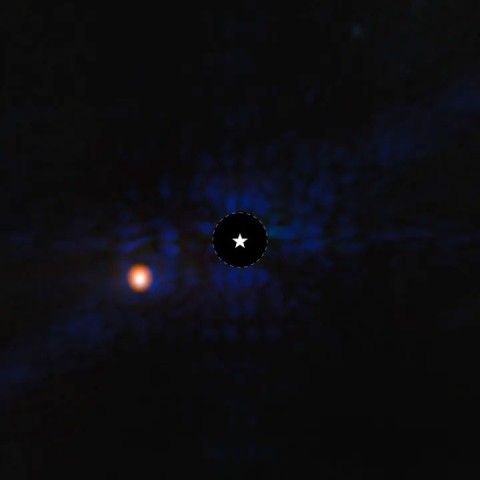
Exoplanets are planets located outside the Solar System.
Ancient Greek astronomy has many interesting things that you may not have discovered yet. Below are some important astronomical discoveries of the ancient Greeks that you may not know.
Herodotus's Histories (484 BC to 425 BC) provide a remarkable insight into the world that the ancient Greeks knew in the mid-fifth century BC. Almost as interesting as what they knew, however, is what they did not know. This laid the groundwork for the remarkable advances in their understanding over the next several centuries - based solely on what they could observe with their own eyes.
Herodotus claimed that Africa was almost entirely surrounded by sea. How did he know this? He recounted the story of Phoenician sailors sent by King Neco II of Egypt (c. 600 BC) to circumnavigate the continent of Africa in a clockwise direction, starting from the Red Sea. This story, if true, would represent the earliest known circumnavigation of Africa, but it also contains an interesting insight into the astronomical knowledge of the ancient world.
The voyage took several years. After rounding the southern tip of Africa and heading west, the sailors observed the Sun to their right, above the northern horizon. This observation made no sense at the time because they did not yet know that the Earth was spherical and had a southern hemisphere.
Astronomy is one of the oldest sciences on Earth, founded by ancient civilizations, especially the Greek civilization, with countless revolutionary contributions to the history of human development in general. The appearance of the telescope marked the beginning of astronomy entering the modern scientific stage. Before that, the main research method applied by ancient astronomers was observation with the naked eye combined with rudimentary astronomical instruments that were found from even earlier periods. However, this did not mean that astronomy during this period lacked great discoveries, but even the opposite.
Below are four important astronomical discoveries by the ancient Greeks that had a great influence on the history of human space exploration.
Planets orbiting the Sun
The ancient Greek astronomer and mathematician Aristarchus of Samos (310 BC - 230 BC) was the first to propose the heliocentric model, which placed the Sun at the center of the universe and the Earth revolving around the Sun. He argued that the Sun was the central fire of the universe, and the remaining planets that humans observed were entities revolving around this fire in a certain order.
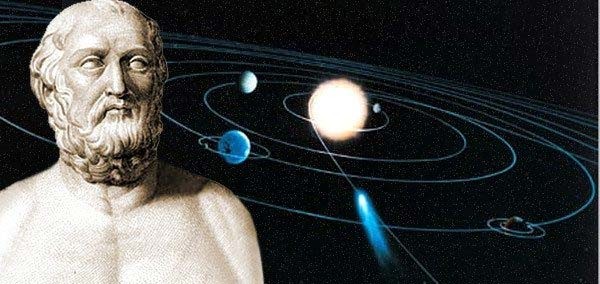
This is an astonishing discovery, because many people think that the theory of the Sun being at the center and the Earth revolving around the Sun was only proposed by Nicolaus Copernicus in the 16th century. However, in fact, Nicolaus Copernicus was the one who proposed the first modern form of heliocentrism in a book he wrote himself, and the person who “inspired” Nicolaus to develop the work was Aristarchus of Samos.
Size of the moon
Another important discovery was made by Aristarchus of Samos. He was the first to theorize about the size and distance of the Sun and the Moon. He also made the most basic calculations about the relative sizes and distances of the Sun and the Moon, laying the foundation for many important measurements later.
It has long been observed that the Sun and the Moon appear to be the same size in the sky, with the Sun being farther away. Aristarchus realized this after witnessing a solar eclipse, which occurs when the Moon passes in front of the Sun at a certain distance from the Earth.
Additionally, when observing the Moon during the first or third quarters of the year, Aristarchus discovered that the Sun, Earth, and Moon would form a right triangle.
Since Pythagoras had determined how the lengths of triangles were related several centuries earlier (the Pythagorean theorem), Aristarchus used the right triangle theorem to estimate that the distance from the Earth to the Sun was between 18 and 20 times that from the Moon. He also calculated that the Moon was approximately one-third the size of the Earth, based on the timing of total lunar eclipses.
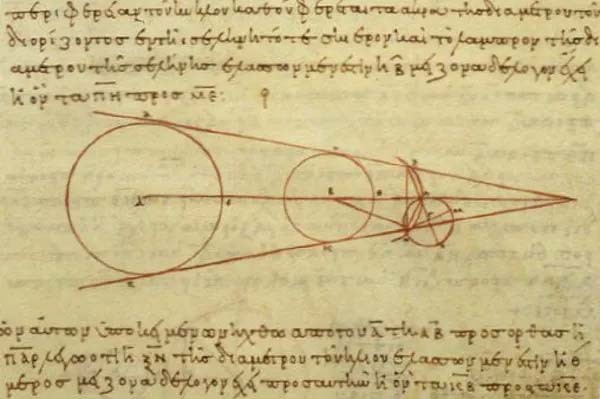
Regarding the problem of the distance between the Sun and the Moon, the number that Áitarchus gave was too low, in fact it was 390. However, the value of the ratio of the size of the Earth to the Moon that he gave was surprisingly accurate (the Moon has a diameter only 0.27 times (nearly 1/3) that of the Earth).
Circumference of the Earth
Eratosthenes (276 BC - 195 BC) was a keen experimental astronomer of Greek civilization, and one of his greatest achievements was the earliest calculation of the circumference of the Earth. Eratosthenes's method was based on measuring the length of the shadows cast by upright pillars placed on the ground at noon on the summer solstice, at different latitudes.
The sun is so far away that wherever the rays of sunlight hit the Earth, they are almost parallel. So the difference in the shadows cast by objects shows how much the Earth's surface is curved. Eratosthenes used this theory to estimate the circumference of the Earth, and he came up with a figure of about 40,000km - a very accurate figure.
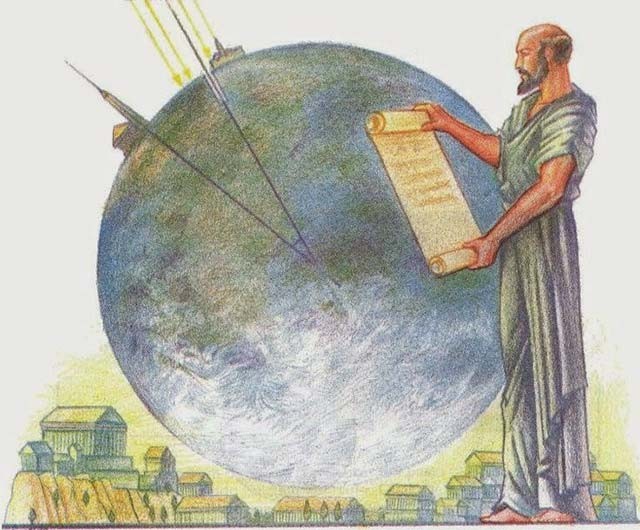
Another ancient astronomer named Posidonius (135 BC - 51 BC) used a new method of calculation, but came to the same result. Posidonius lived on the island of Rhodes for most of his life, where he often observed the star Canopus lying very close to the horizon. However, when he moved to Alexandria, Egypt, Posidonius noticed that the position of Canopus had changed, rising about 7.5 degrees above the horizon.
Assuming that 7.5 degrees is 1/48 of a circle, Posidonius multiplied the distance from Rhodes to Alexandria by 48 and arrived at a value also approximately 40,000km - the circumference of the Earth.
The first astronomical computer
The world's oldest surviving mechanical computer is the Antikythera Mechanism, discovered in an ancient shipwreck off the Greek island of Antikythera in 1900.
The device has been damaged over time, but when intact, it takes the form of a box containing dozens of finely crafted bronze gears. When manually rotated by hand, the outer dials display the phases of the Moon, the times of eclipses, and the positions of the five different planets known at the time, including Mercury, Venus, Mars, Jupiter, and Saturn, at different times of the year.
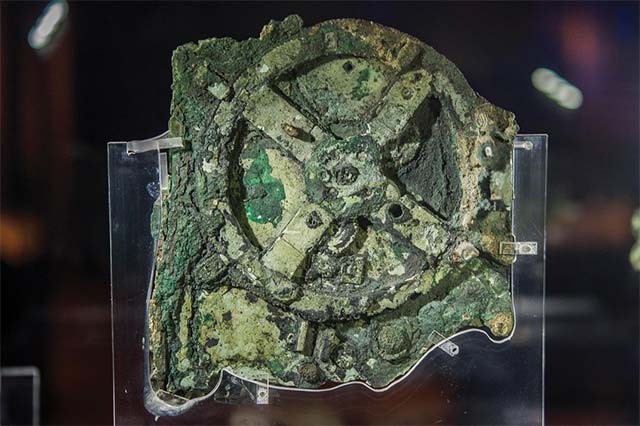
It is still unclear who created this unique astronomical computer. However, according to scientists, it dates from the 3rd to 1st century BC, and may even be the work of Archimedes.
Exoplanets are planets located outside the Solar System.
A stunning new image sent back from the world's most expensive space telescope, the James Webb Space Telescope, shows the moment two galaxies are about to collide.
The Hubble Space Telescope has continued to demonstrate its irreplaceable importance in the field of astronomical research, bringing back to humanity a unique image showing the brilliant beauty of the Veil Nebula.
This stunning image shows a fiery object called the Rosette Nebula located 5,000 light-years from Earth, and was captured by the Dark Energy Camera (DECam) instrument on the Víctor M. Blanco 4m Telescope in Chile.
The universe is truly amazing, partly because of its enormous size, and also because of the mysteries that are beyond human imagination.
The Hubble Space Telescope has recently encountered some operational problems, forcing scientists to change the way it operates.
The ability to detect X-rays also makes Chandra important for complex astronomical missions.
Exoplanets are planets located outside the Solar System.
Astronomers have discovered a truly ancient monster: a stream of radio waves estimated to be 200,000 light-years wide, thought to have been around since the universe was less than 10 percent of its current age.
New images sent back from the Hubble Space Telescope show a small dwarf galaxy called IC 3430 located 45 million light-years away.
July 12 marked two years since the first images taken by the most expensive space telescope in history, the James Webb Space Telescope, were released.
The Hubble Space Telescope has continued to demonstrate its irreplaceable importance in the field of astronomical research, bringing back to humanity a unique photo showing the rare beauty of the Tarantula Nebula.
When a star reaches the end of its life and dies, it can be a dramatic, destructive event, releasing an explosion of heat and light—but it also creates beautiful new forms.
The universe is a mysterious world to humans. And it is also irresistibly beautiful. Let's admire the beauty of the universe in X-ray wavelength!
Throughout the history of human astronomical research, one of the most familiar and studied objects is the Moon.
Splash Art ingame or Art Full is what many players look forward to every time Lien Quan releases a new general. Now you can download the entire Splash Art Lien Quan.
Youtube channel iAppleBytes compared the speed and battery life of old iPhone models running iOS 18.0.1 to see if this latest update really optimizes battery life.
The most expensive apps on Apple's App Store cost thousands of dollars.
iOS 18 has the option to resize widgets on the home screen without having to access the widget like in previous iOS versions.
While the buzz around Vision AI is undeniable, many are still not convinced it's time to upgrade.
The attractive Tru Tien Thanh Van Chi Giftcode that every gamer looks for when entering the game as a Newbie. In addition to the giftcode, you also have events on the Fanpage to earn more.
Dau Pha Mobile brings players codes with a series of attractive rewards, helping you reduce difficulties in the early stages of the game.
Mages are an easy-to-play force in every season of TFT, and this season 12 is no exception.
When lightning strikes a body of water, the current travels across the surface rather than penetrating deep into the liquid, similar to the effect when lightning strikes a car or other conductive object.
Below are 10 military vehicles with quite strange and even bizarre designs, but the combat effectiveness of many of these vehicles has been proven by history.
Here are the best free software uninstallers that will help you quickly and cleanly remove installed applications, free up memory, and avoid problems when installing a newer version of the same software later.
As you know, Chromebooks are different from regular Windows laptops and you can't install Windows apps on them. However, there is a way you can run Microsoft Office on Chromebooks for free.
Three Kingdoms is a topic that many game developers take advantage of to create attractive games. This time, Quantrimang will introduce to you the game 3Q Sieu Hung with a series of attractive game codes.
Code Fruits Battleground helps players receive countless gems to use for in-game features.
The latest Tan Douluo Dai Luc Code will help you have an easier early game time with many attractive rewards.

